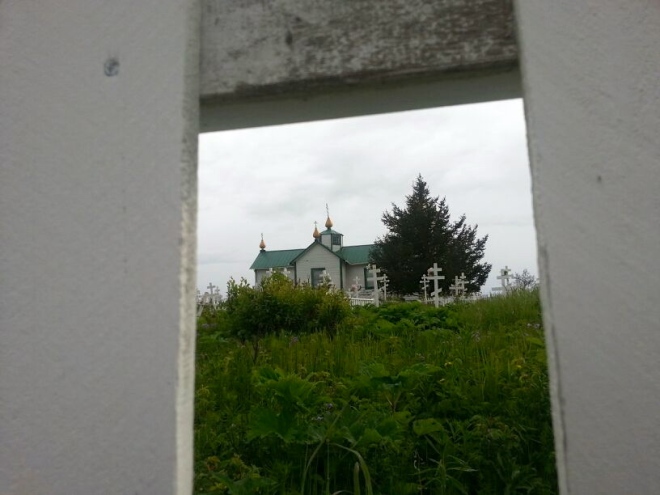Israel and Palestine
March 2018
Dual Narratives tour through Mejdi
You can listen to the soundscape here
Artist’s Statement:
In order for an object to make sound, it must be placed into contact with another object or with breath. Take, for instance, an orange: to apprehend it, you smell the citrus, notice the color, feel the callused peel and dripping innards, or bite into the sweet segments. How might you hear the orange? It could make a thud when dropping from a hand or falling from a branch, it could ooze when being bit into, it could rustle when pushed by the wind. To hear an object it must be put into motion, have contact with another object, or be breathed into. Objects can make sound, but without the aid of a human, they cannot produce lyric.
Often unbeknownst to us, sound calls us into movement and relation with objects because of the very ways that sound is generated. In March, I was struck by and lured into the sonic topography of Israel and Palestine—the mesmerizing chanting of the Qur’an from the loud speakers in the Aida Refugee camp, the loud clanging of the tram in Mahane Yehuda Market, the spectral scales reverberating in the cistern at Masada, the way that steps echoed in the mosques, temples, and churches. The sound of these spaces, while beautiful, reflected the kinds of relations and tensions which comprise the Holy Land. Holy, indeed, but marred by deadly conflict and profound trauma that materializes between arbitrary boundaries. While there, we heard many stories from rabbis, activists (Jewish and Palestinian), tour guides, priests, and imams. There was something un-ascertainable about the experience, but if there were a way to communicate the land to people back home (both the seduction and the sorrow of it), it would be through sound and poetry.
Just as sound calls us into relation, this soundscape exists to vivify Palestine and Israel in a way which calls the listener into relation with it complex existence—to re-enliven the land as a site of immense beauty while still the site of trauma and violence. With this piece I hope to provide the listener with an experience of the seduction, the violence, the chaos, and the beauty of the land. The soundscape also comments on the experience of being a tourist: the push-pull of wanting a picture while trying to resist commodifying the holy and painful land.
The poems (written by me while in Israel/Palestine) try to communicate the love of the land: violent heartbreak, seduction, and longing. The other spoken parts include a man in Aida Refugee camp telling us about the measures taken to protect the children at school from shooters, the names of some of the children killed in the Holocaust, our lost wanderings in the old city in the early morning, and someone in our group asking to take a picture. These sound clips were selected to try to echo the overlapping traumas and seduction communicated through the sounds of the land itself. I wanted the objects and the physical space of the land to express just as much as the poetry and the spoken soundbites. While the content-laden words communicate specifics, the actual seduction of the land is most evident through the sounds of the objects and animals. This soundscape postulates that the focus on discourse around Israel/Palestine robs the international scene of the seduction of its space. It invites the listener into the experience of the seduction without neglecting the knowledge of the violence of the Holy Land. The aesthetics of sound allows for the eros of the Holy Land to be present simultaneous to the description of trauma. The most striking example of the conflation of trauma and seduction occurs at the very start of the audio piece when the enchanting reading of the Qur’an plays as our guide in Aida refugee camp tells us about the measures taken to protect the school from open fire. The tension between seduction and trauma persists throughout the audio story and argues that one need not divorce aesthetics of a place from the trauma of that same place; indeed, a false separation of eros, the love of bodies and the hardship of a place limits one’s ability to apprehend that space or to illicit social change in it. The eros of Israel/Palestine must be known to anyone who longs to establish peace in its holy soil.
**This soundscape is highly phenomenological, and I forgot to articulate in my artist’s statement the ways that my whiteness creates its own lens through which I experience the wonders of Israel and Palestine. This isn’t something that discredits the work, but it is to say that I have a privileged relationship to the land and the story. While moved by them, I am not personally effected or implicated in the cycles of abuse occurring in this beautiful, sacred land. I wrestle with what to do, and telling what I know of the story seems to be part of it.


















